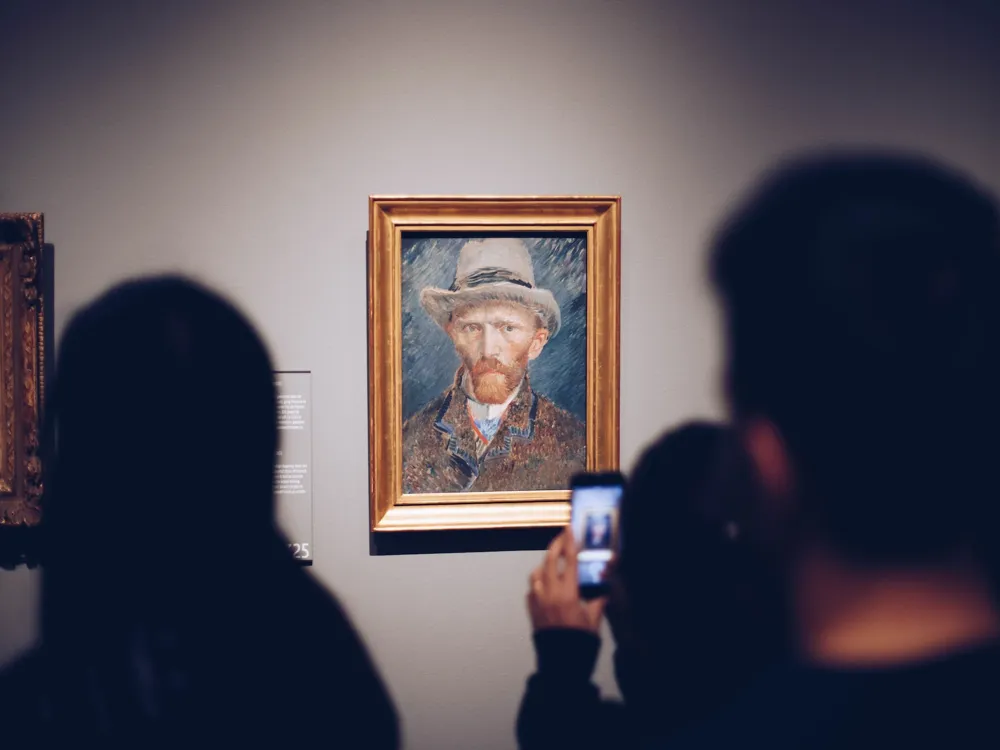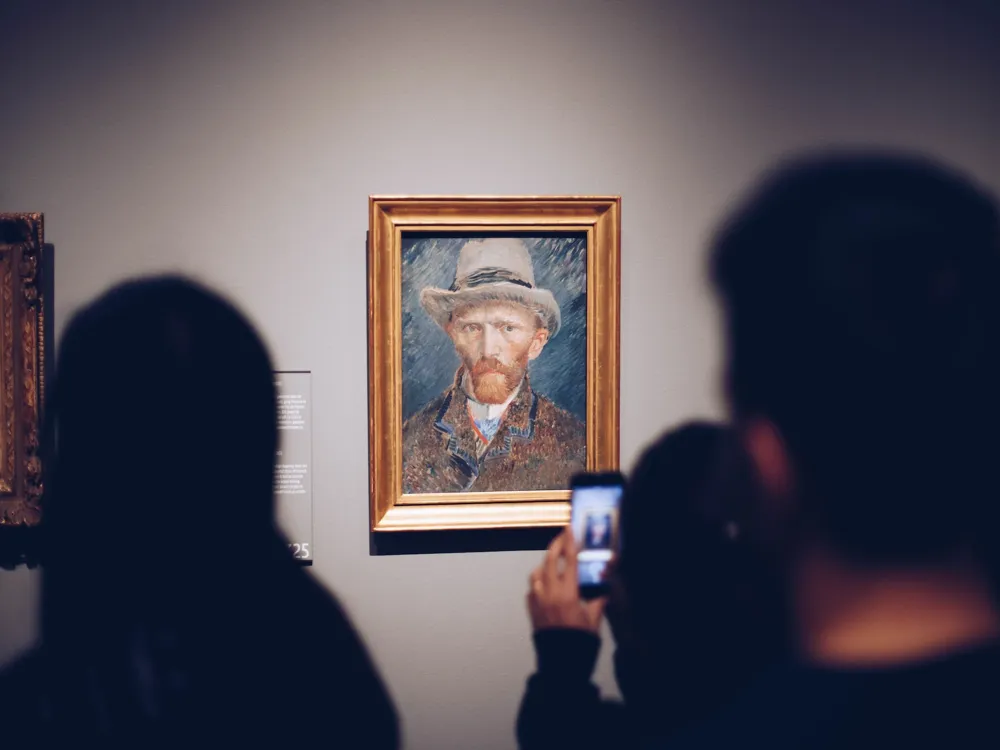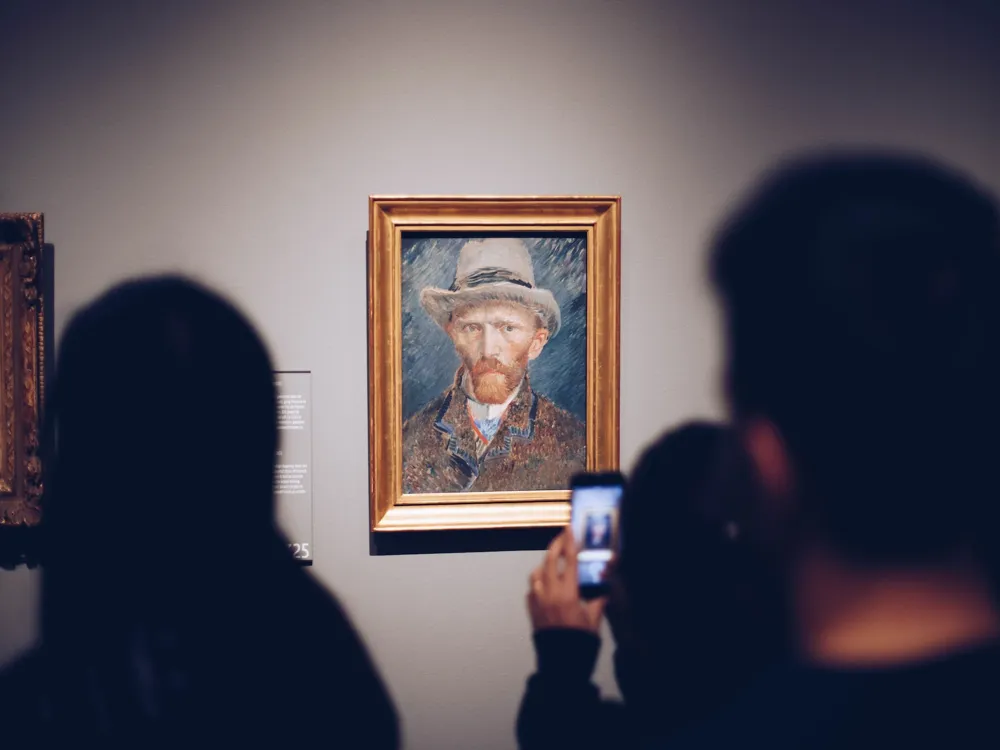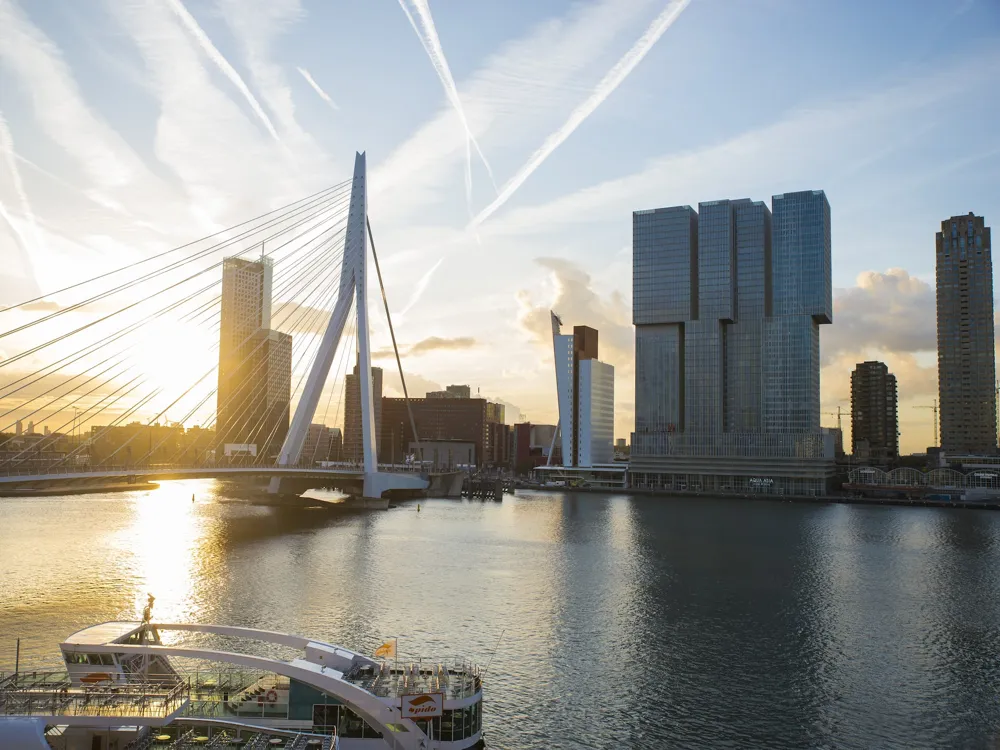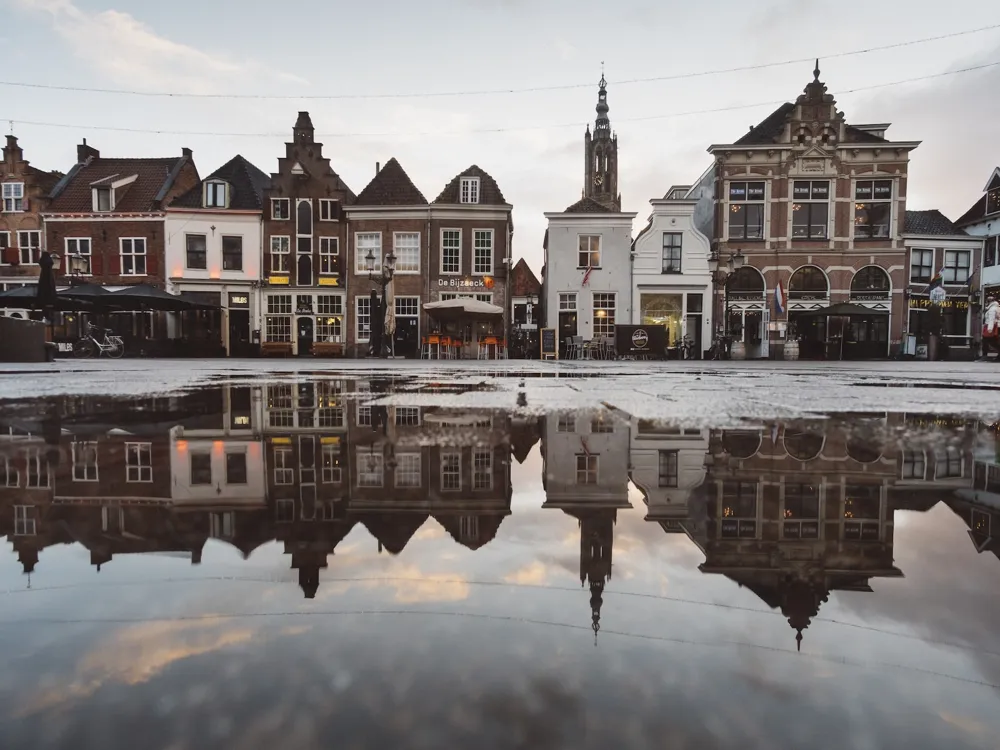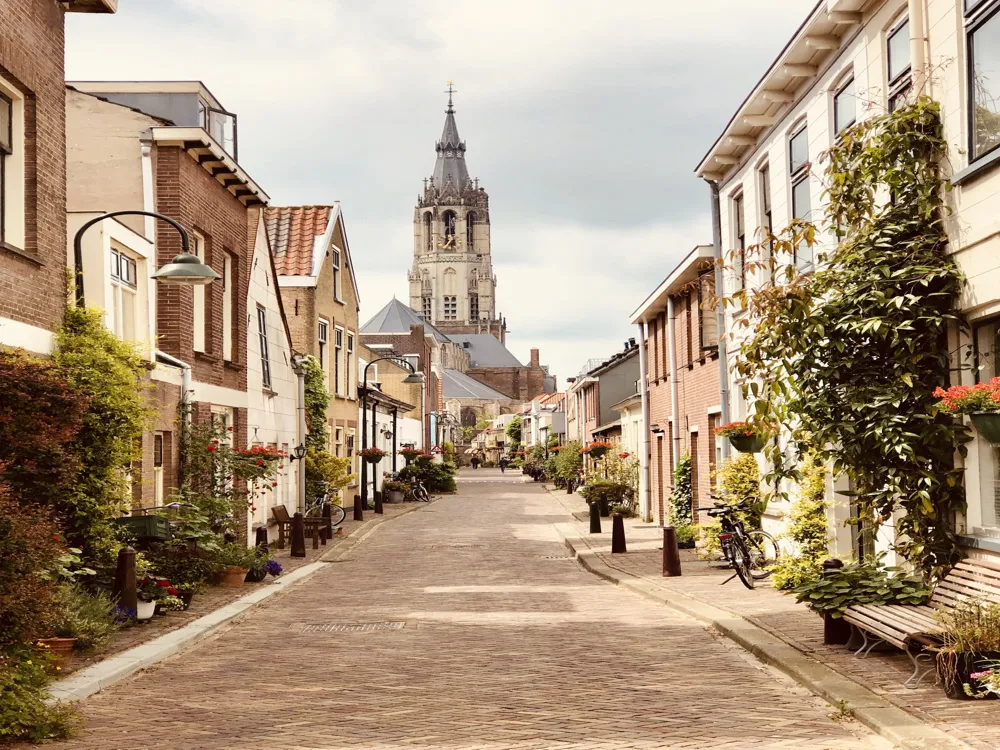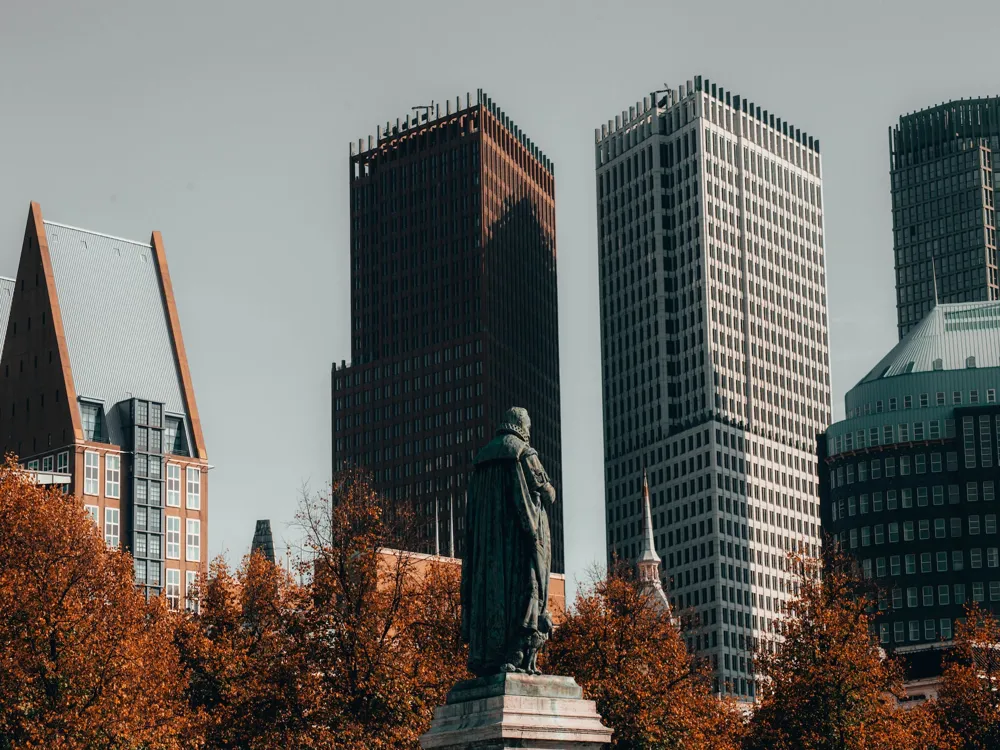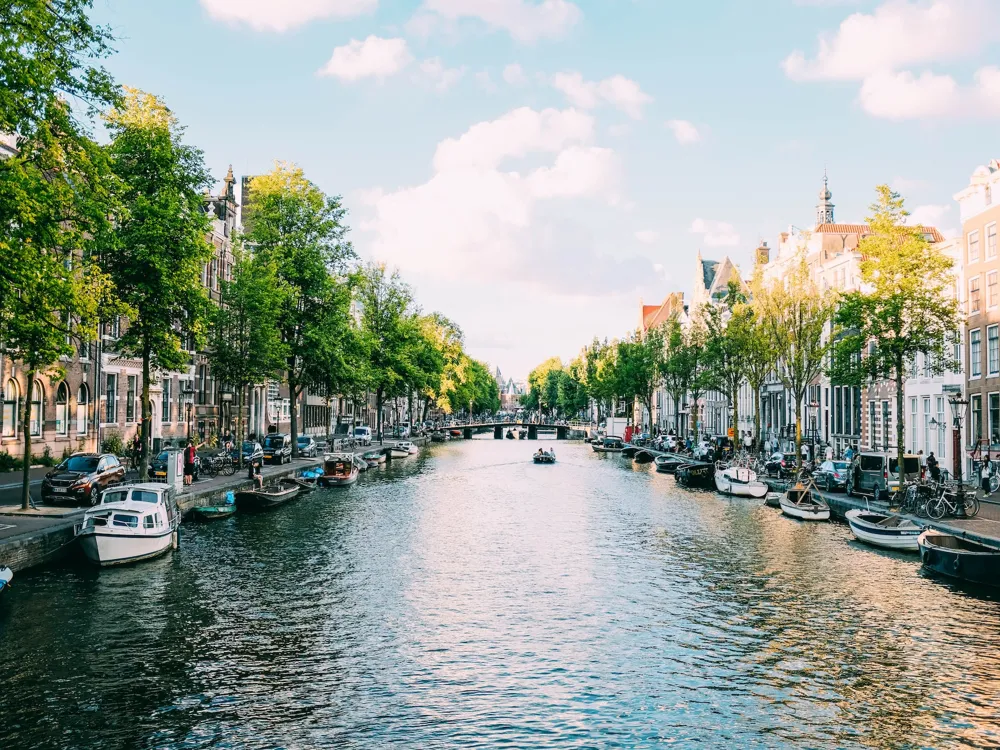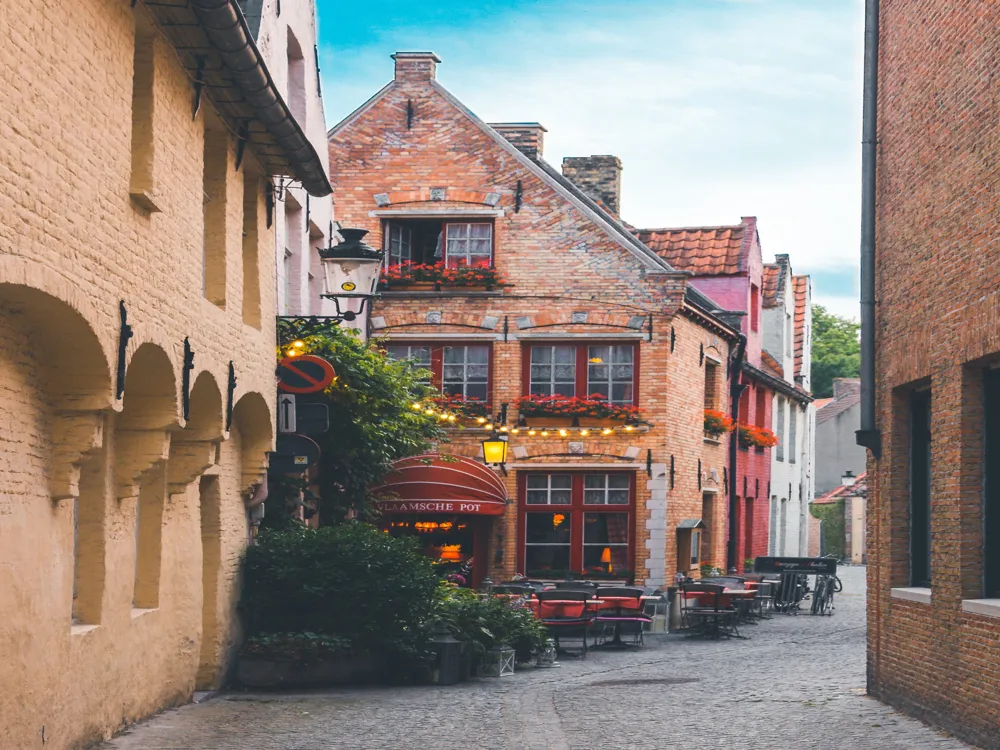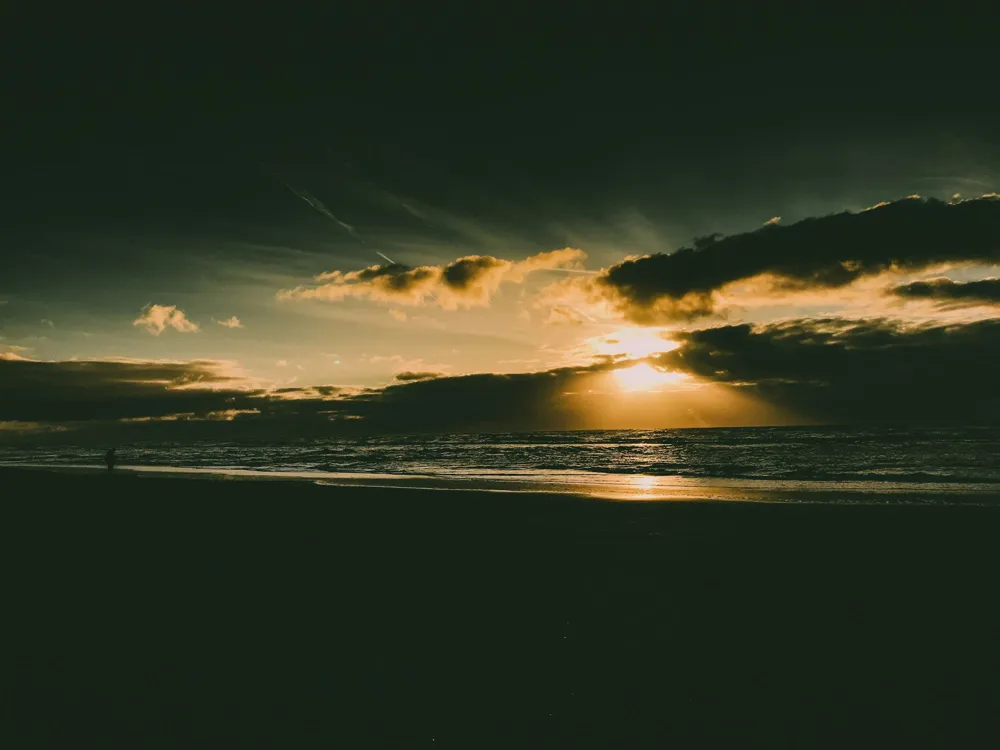The Van Abbemuseum, located in the heart of Eindhoven, Netherlands, is a leading museum for modern and contemporary art. Established in 1936, it is named after its founder, Henri van Abbe, who was passionate about modern art and wanted to create a space where the public could experience it. The museum's collection includes works by prominent artists such as Picasso, Chagall, and Kandinsky, showcasing a rich diversity of artistic movements from the 20th and 21st centuries. The Van Abbemuseum is not just about its remarkable collection; it's a place of dynamic interactions and thought-provoking exhibitions. The museum frequently hosts temporary exhibitions, educational programs, and participatory projects, making it a vibrant center for exploring new ideas and perspectives in art. Its mission extends beyond mere presentation, aiming to stimulate public discourse around critical social issues through the lens of art. The museum's history dates back to the early 20th century, reflecting the evolution of modern art. Over the years, it has grown in stature and size, becoming a pivotal institution in the Dutch art scene. The Van Abbemuseum's significance lies in its commitment to not only preserving masterpieces of modern art but also fostering contemporary artistic expressions. It has become a haven for art enthusiasts, historians, and artists alike, providing a platform for artistic dialogue and cultural enrichment. The Van Abbemuseum boasts a vast and varied collection, including paintings, sculptures, installations, and works on paper. It focuses on European art, with a special emphasis on works from the 1900s to the present. The collection is constantly evolving, with a strong emphasis on acquiring and displaying works that challenge and redefine the boundaries of art. The museum is deeply committed to community engagement and public programs. It regularly organizes workshops, guided tours, lectures, and interactive sessions designed to make art accessible to a wider audience. These programs encourage public participation and foster a deeper understanding and appreciation of modern and contemporary art. The architecture of the Van Abbemuseum is a blend of historical elegance and modern design, reflecting the museum's ethos of bridging the past and the present. The original building, designed by architect Alexander Kropholler, was opened in 1936. It's characterized by its traditional brick structure, reflecting the architectural style of its time. In 2003, the museum underwent a significant expansion designed by the renowned architect Abel Cahen. Cahen's design added a modern wing to the existing structure, creating a striking contrast between old and new. The new building is a masterpiece of contemporary architecture, featuring clean lines, large glass surfaces, and open spaces that allow natural light to flood the interiors. The use of transparent materials and the strategic placement of windows provide visitors with stunning views of the surrounding cityscape and the Dommel River. The integration of the old and new buildings is a key architectural feature of the Van Abbemuseum. This blending symbolizes the museum's approach to art: respecting tradition while embracing innovation. The transition between the historic and modern sections of the museum is seamless, offering visitors a cohesive and immersive experience. Functionality and accessibility are central to the design of the Van Abbemuseum. The layout is intuitive, allowing visitors to easily navigate through the galleries and spaces. The museum is also committed to inclusivity, ensuring that its facilities are accessible to all visitors, including those with disabilities. Advanced climate control and lighting systems ensure the optimal preservation and display of artworks. Sustainability is a crucial aspect of the museum's architecture. The building incorporates environmentally friendly features, such as energy-efficient systems and sustainable materials, reflecting the museum's commitment to environmental responsibility. Check the museum's website for current exhibitions, opening hours, and ticket prices. Consider visiting during off-peak hours for a more relaxed experience. Take advantage of guided tours and workshops for a more in-depth understanding of the collections and exhibitions. The museum is wheelchair accessible and equipped with facilities for visitors with disabilities. There are also cloakrooms and a museum café for your convenience. The Van Abbemuseum is easily accessible by various modes of transportation. If you're traveling by public transport, the museum is a short walk from the Eindhoven Central Station. For those driving, there are several parking options available nearby. Biking is another popular option in Eindhoven, and the museum provides bike parking facilities. Whether you're a seasoned art aficionado or a curious first-time visitor, the Van Abbemuseum offers a unique and enriching experience. Its blend of historic charm and modern innovation, combined with a diverse array of artworks and engaging programs, makes it a must-visit destination in Eindhoven. Read More: Overview of the Van Abbemuseum in Eindhoven
History and Significance
Collection and Exhibitions
Public Programs and Community Engagement
Architecture of the Van Abbemuseum
Integration of Old and New
Functional Design and Accessibility
Sustainable Architecture
Tips When Visiting the Van Abbemuseum
Plan Your Visit
Guided Tours and Workshops
Accessibility and Facilities
How To Reach the Van Abbemuseum
Van Abbemuseum
Eindhoven
NaN onwards
View eindhoven Packages
Weather :
Tags : Museum
Timings : Hours: Tue - Sun 11:00 am - 5:00 pm
Planning a Trip? Ask Your Question
Eindhoven Travel Packages
View All Packages For Eindhoven
Top Hotel Collections for Eindhoven

Private Pool

Luxury Hotels

5-Star Hotels

Pet Friendly
Top Hotels Near Eindhoven
Other Top Ranking Places In Eindhoven
View All Places To Visit In eindhoven
View eindhoven Packages
Weather :
Tags : Museum
Timings : Hours: Tue - Sun 11:00 am - 5:00 pm
Planning a Trip? Ask Your Question
Eindhoven Travel Packages
View All Packages For Eindhoven
Top Hotel Collections for Eindhoven

Private Pool

Luxury Hotels

5-Star Hotels

Pet Friendly







